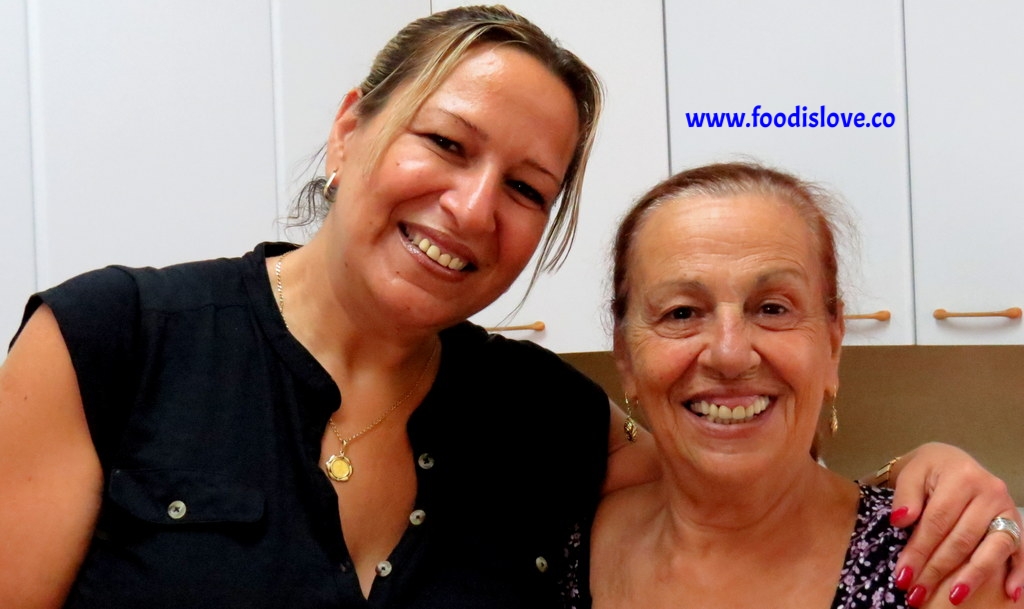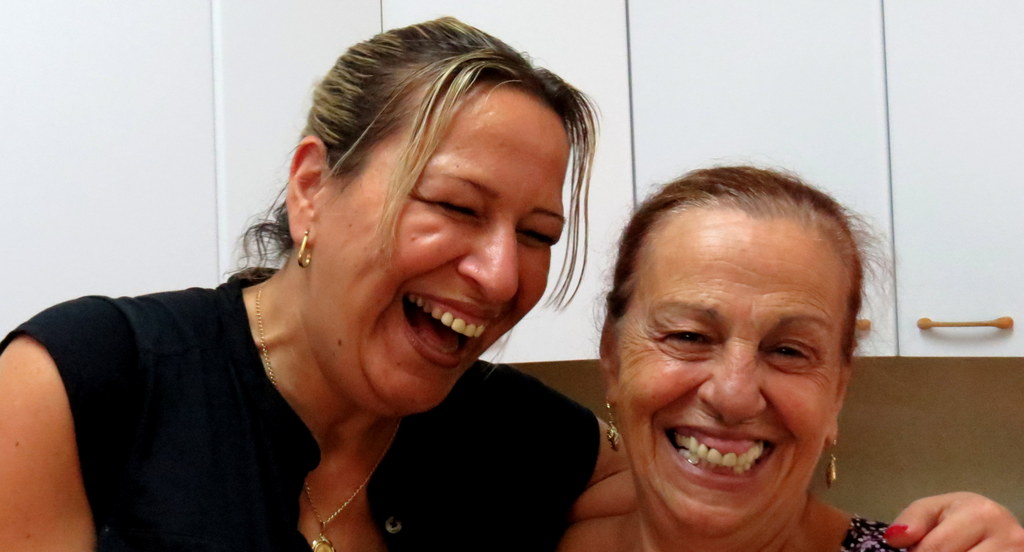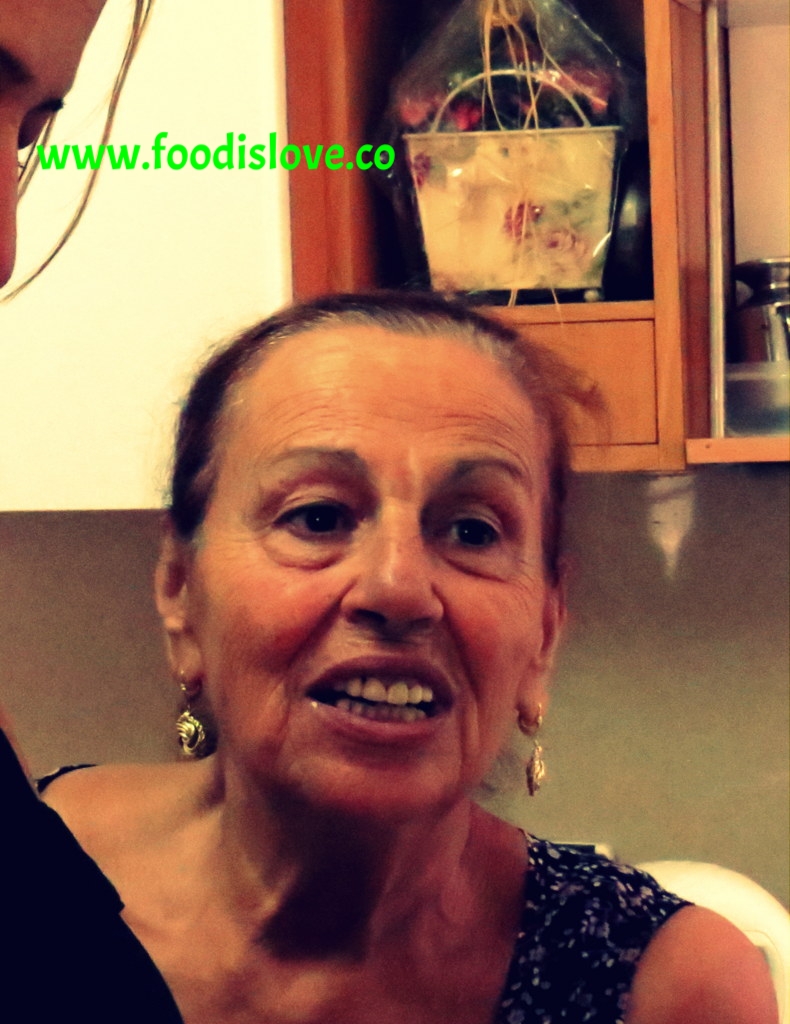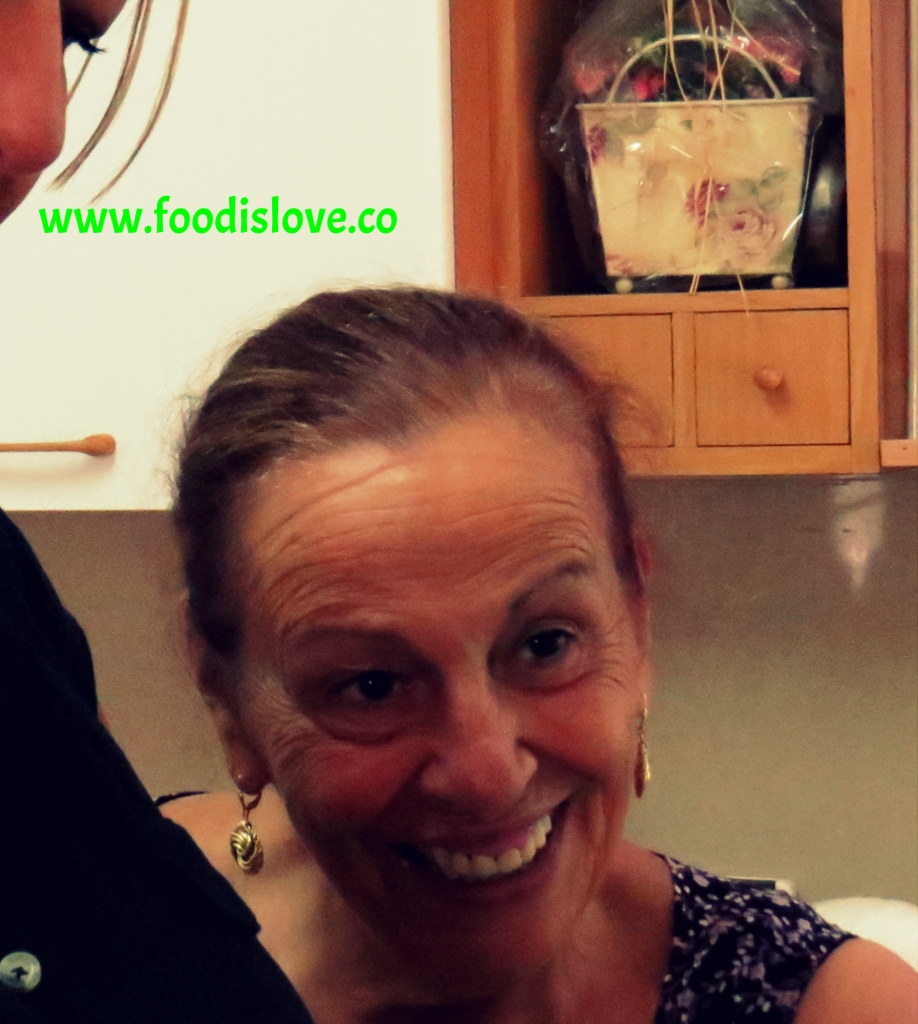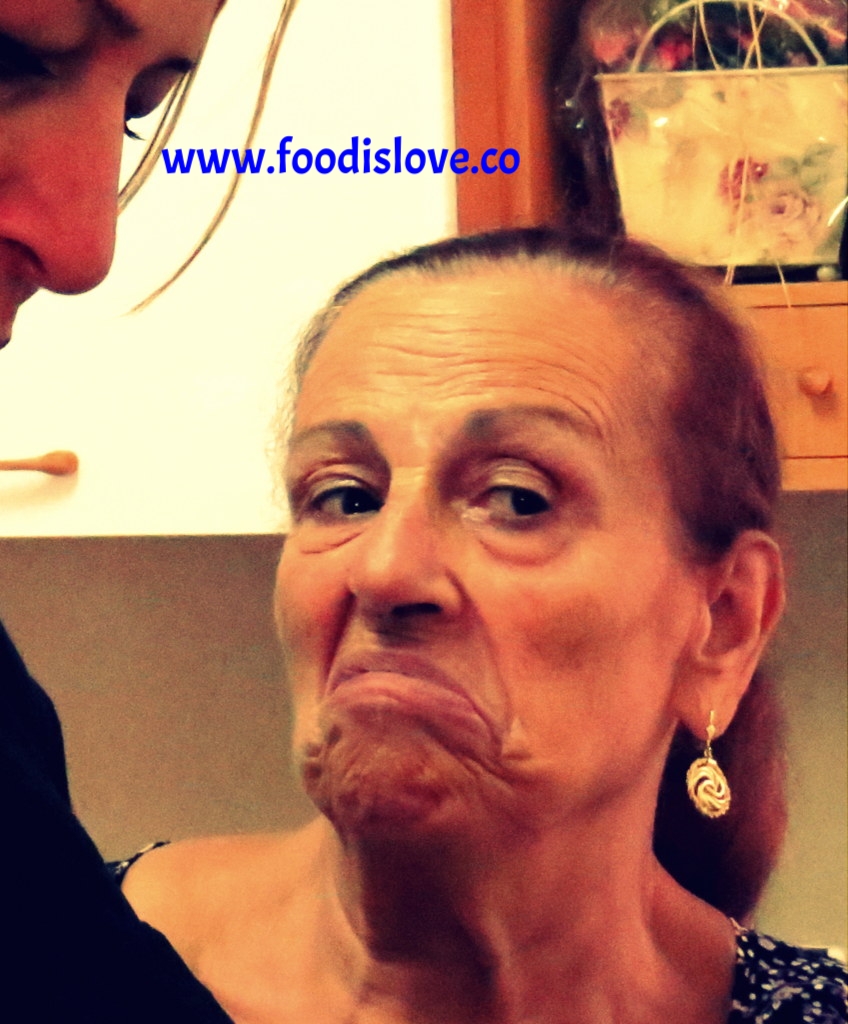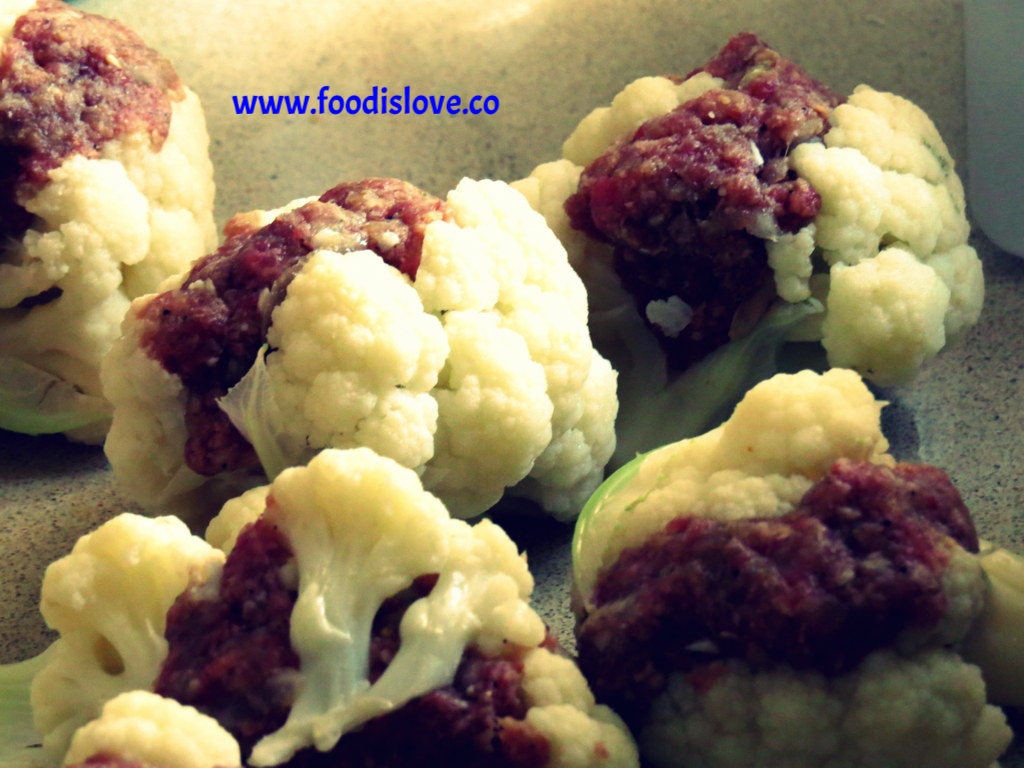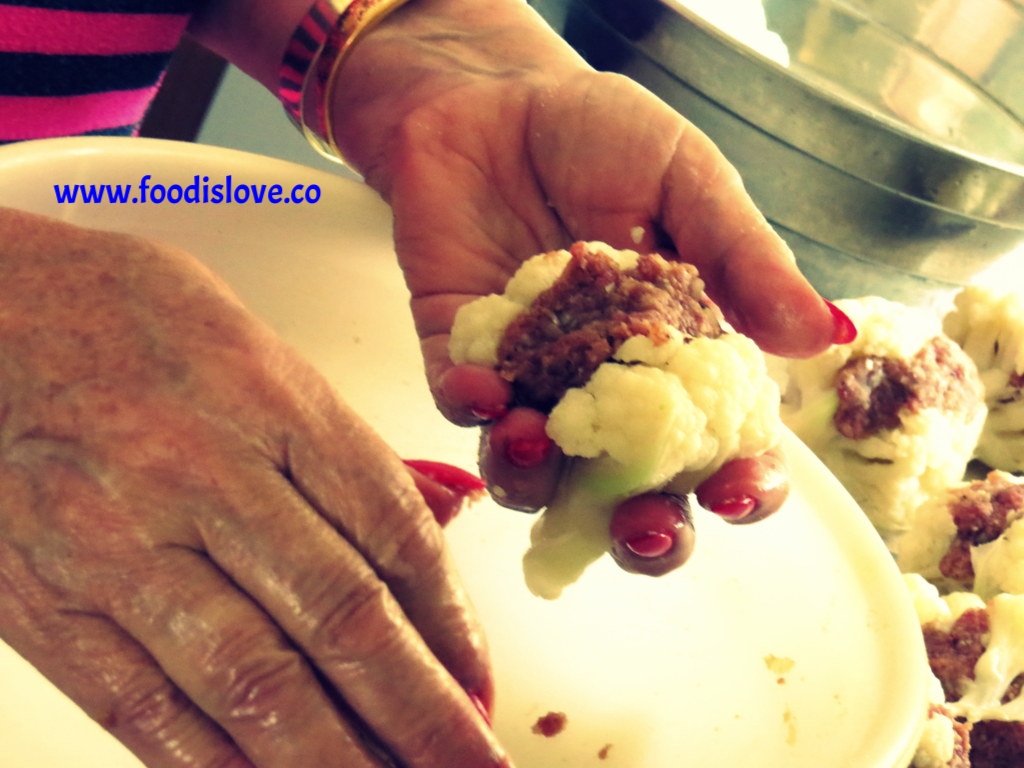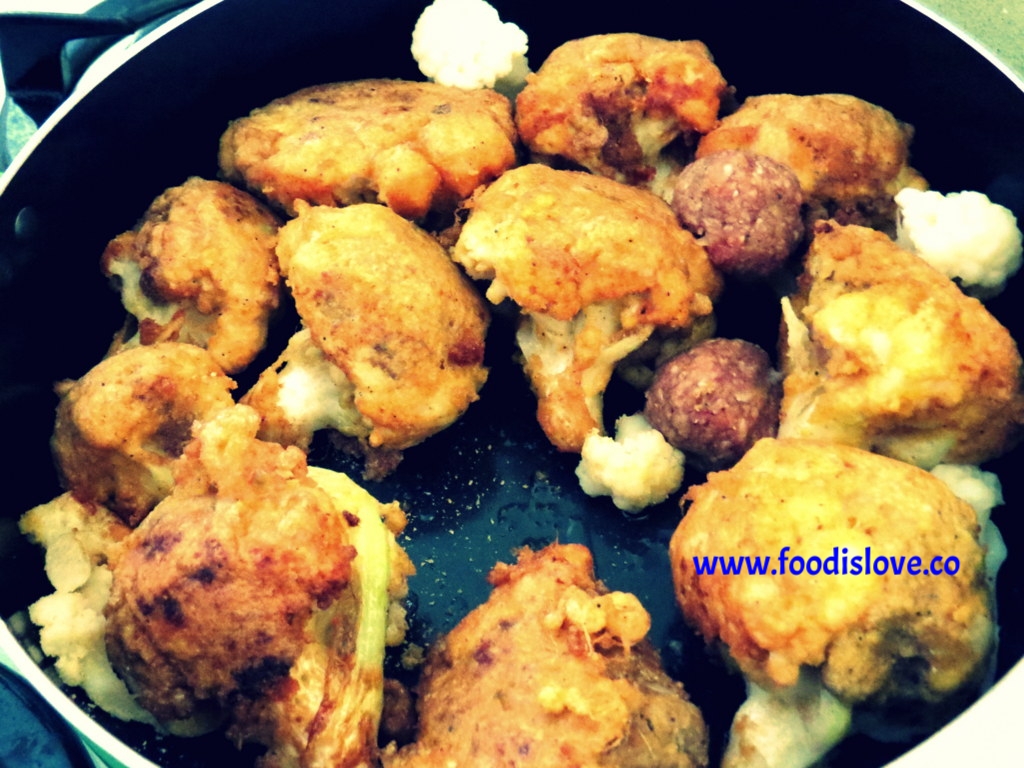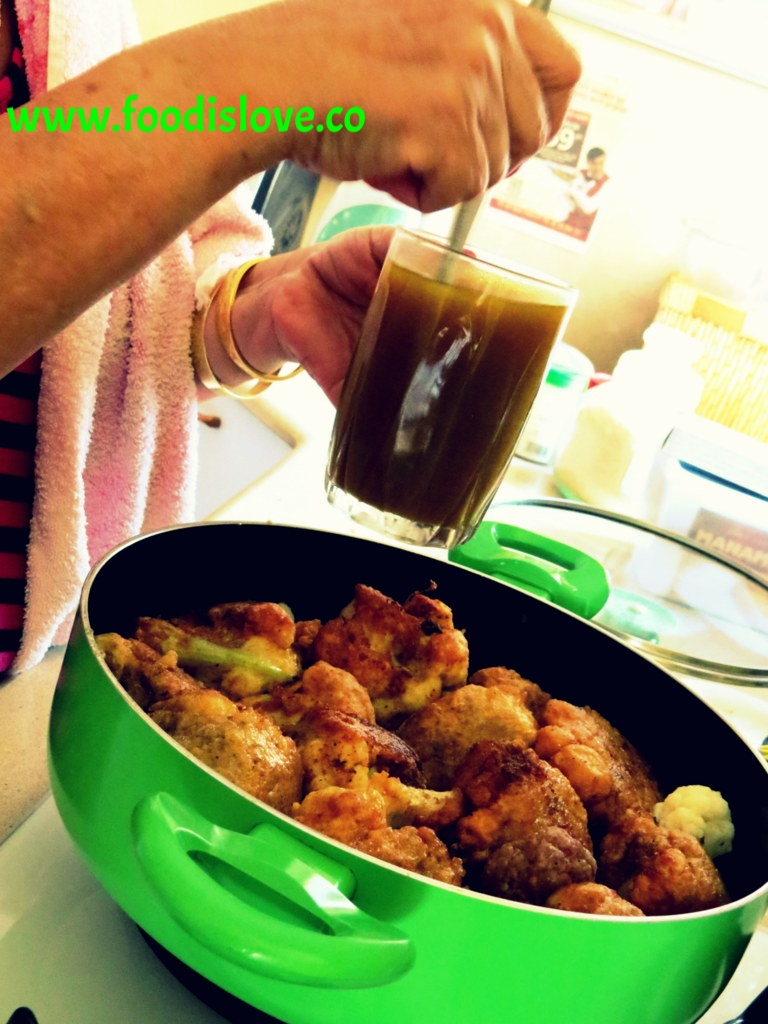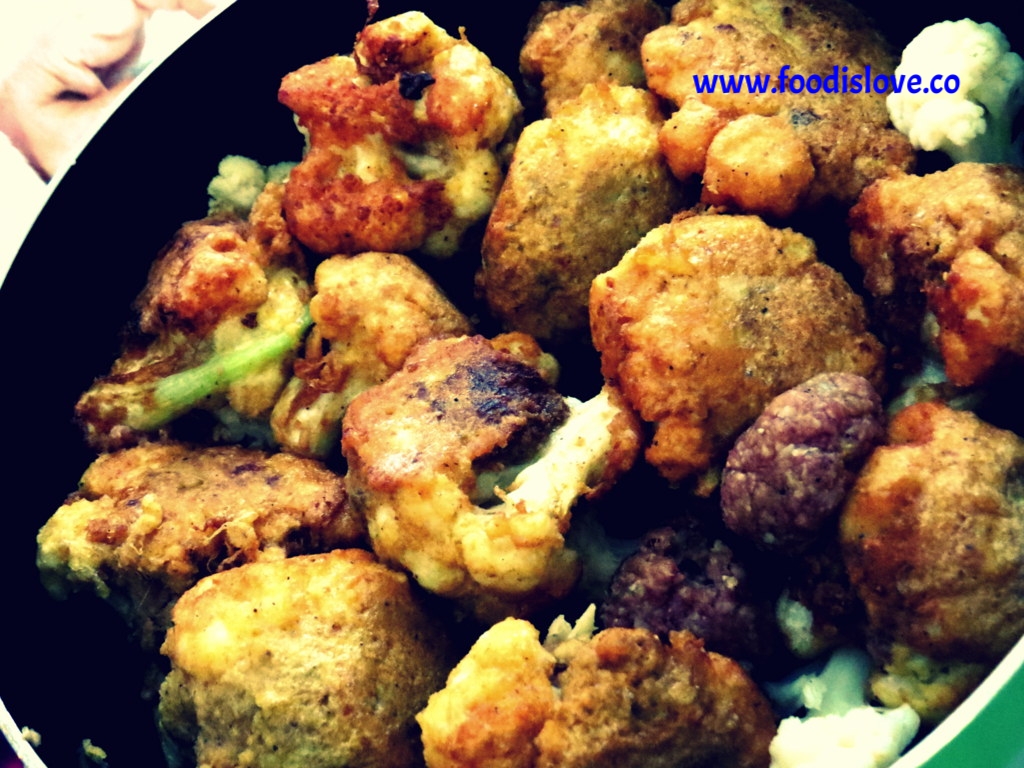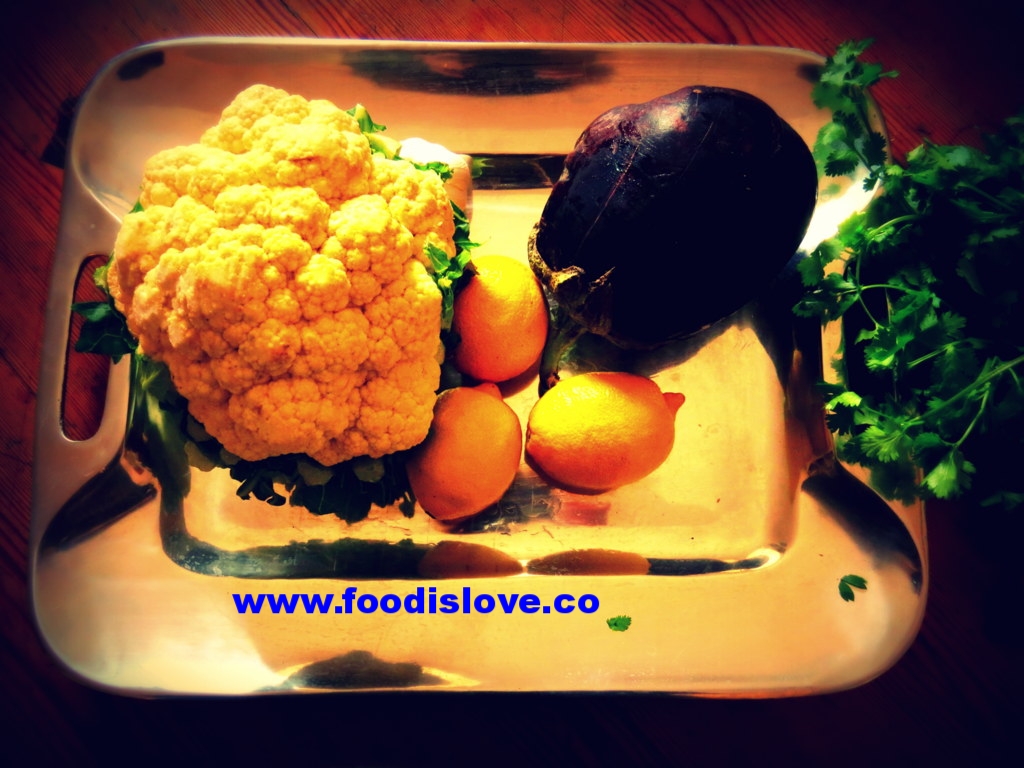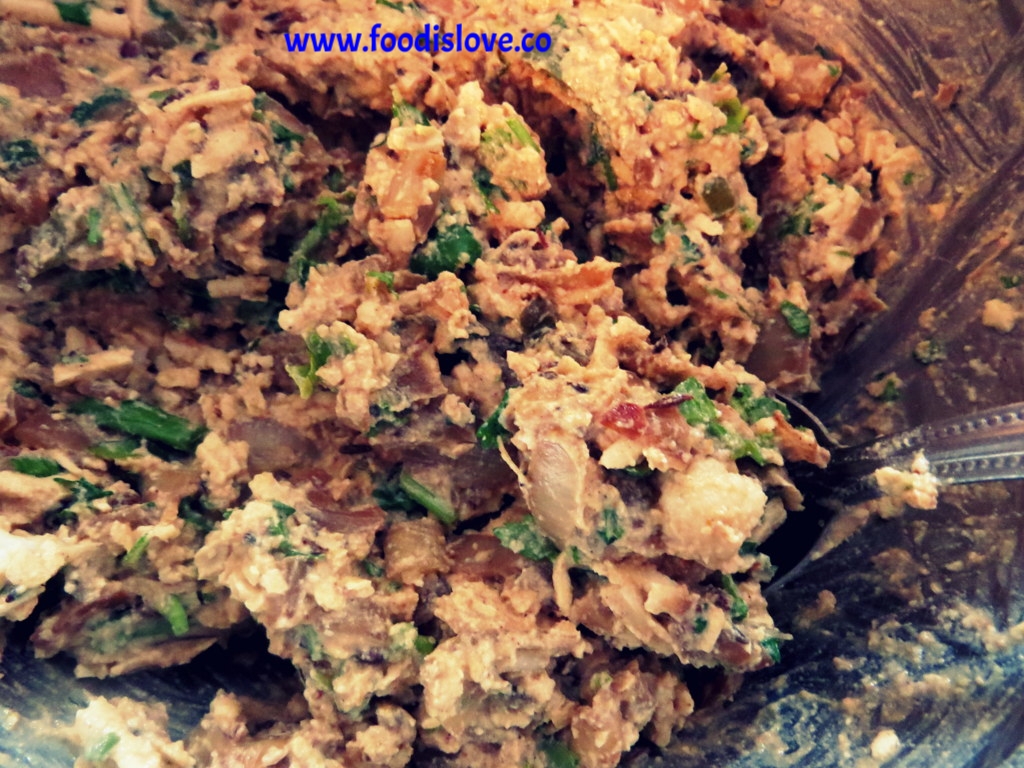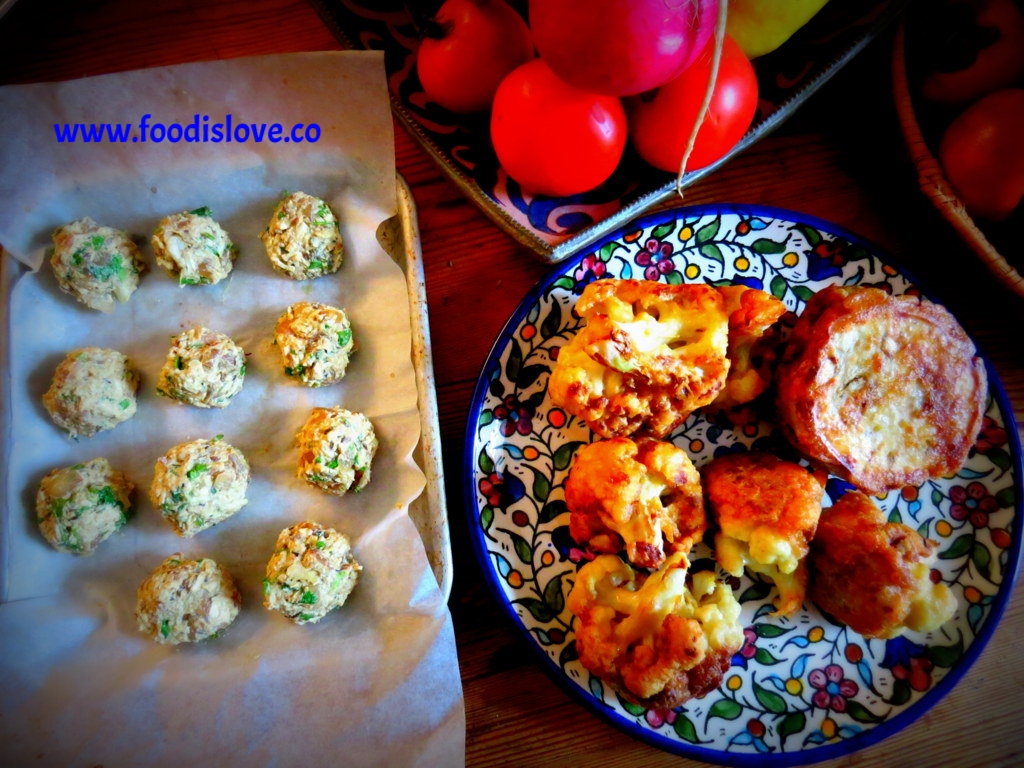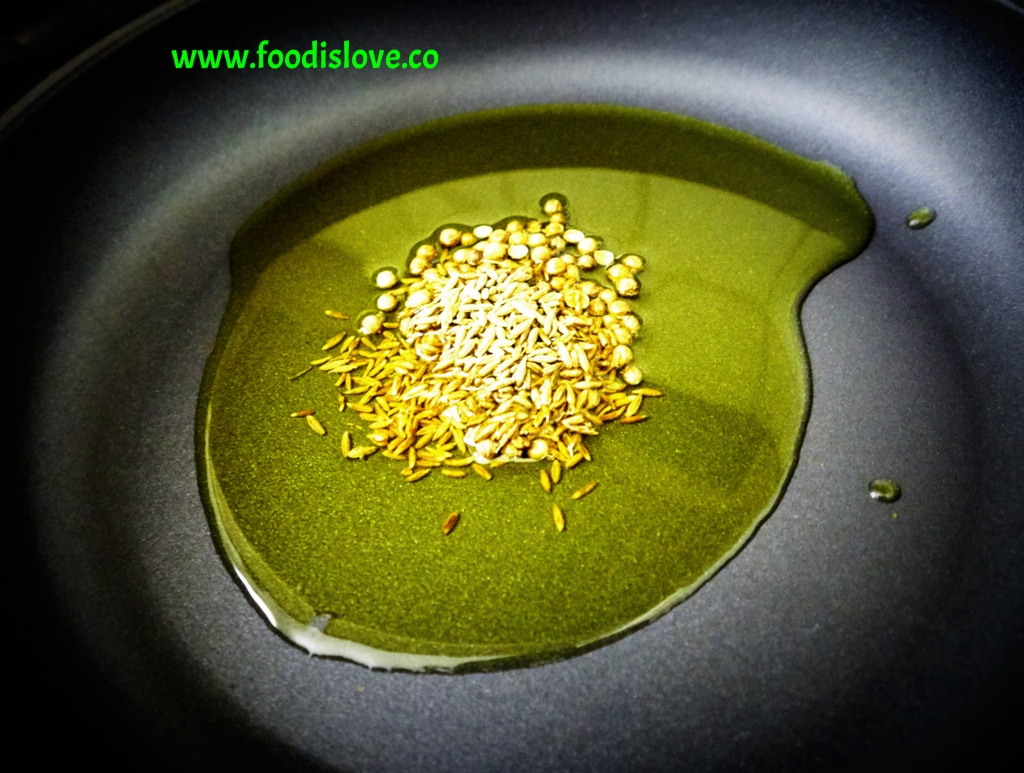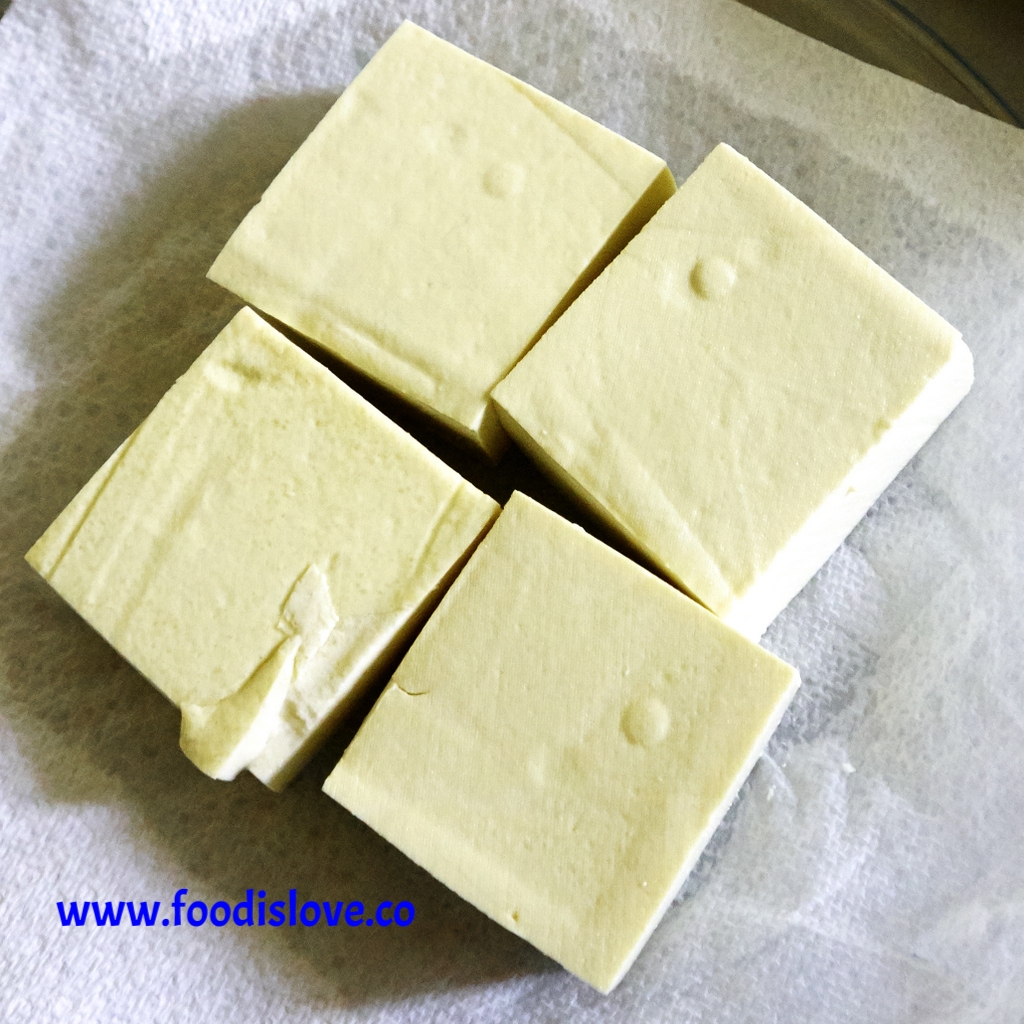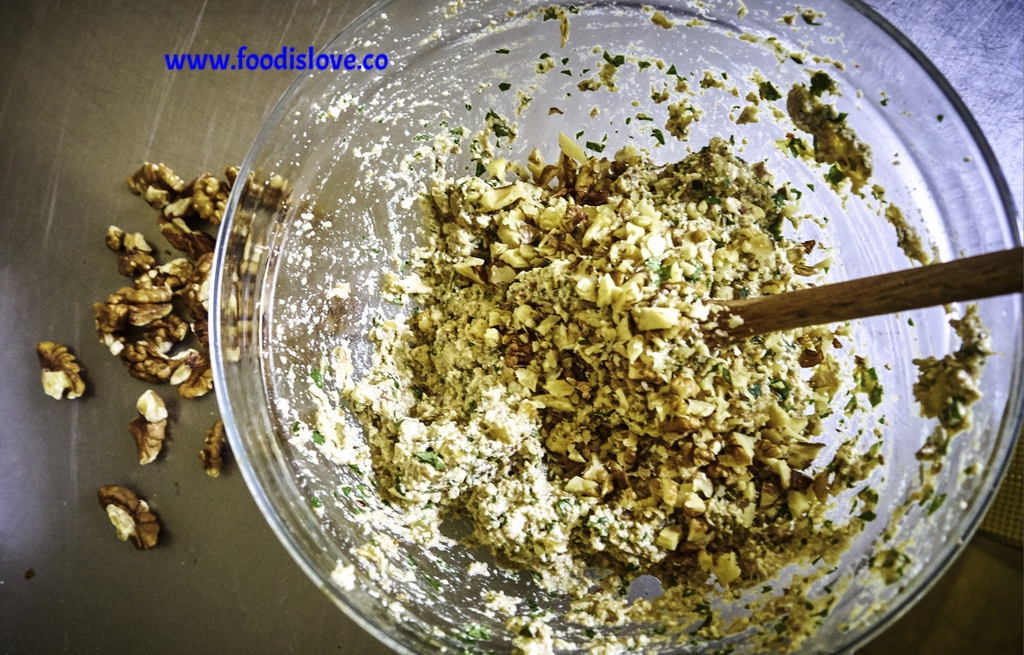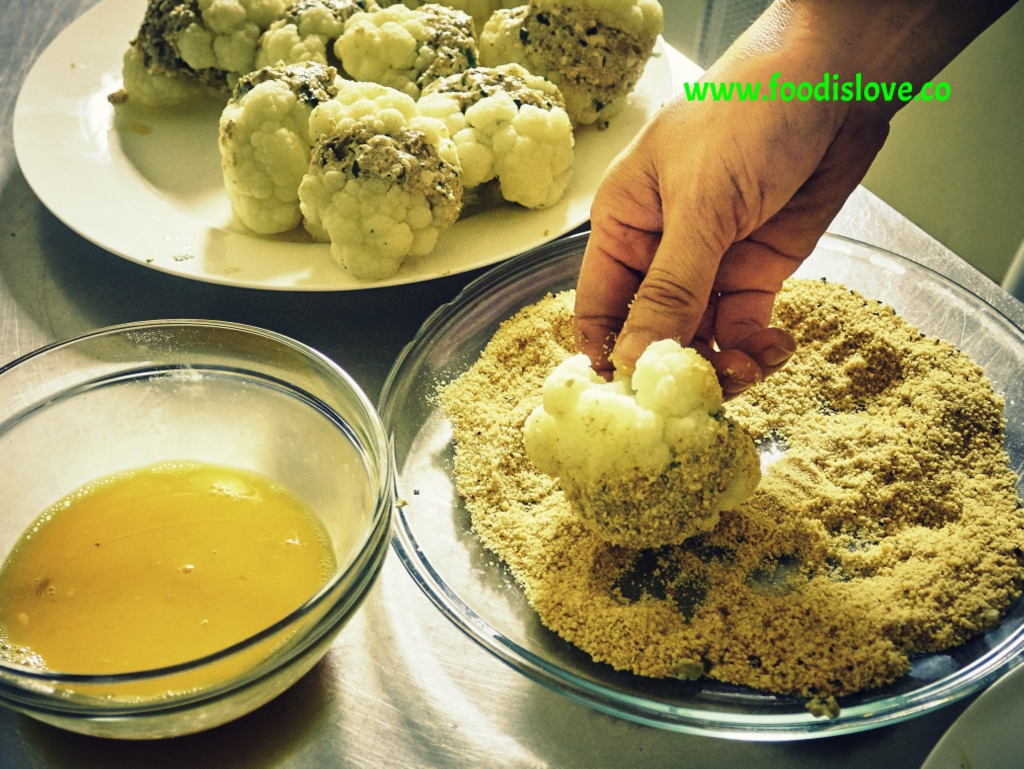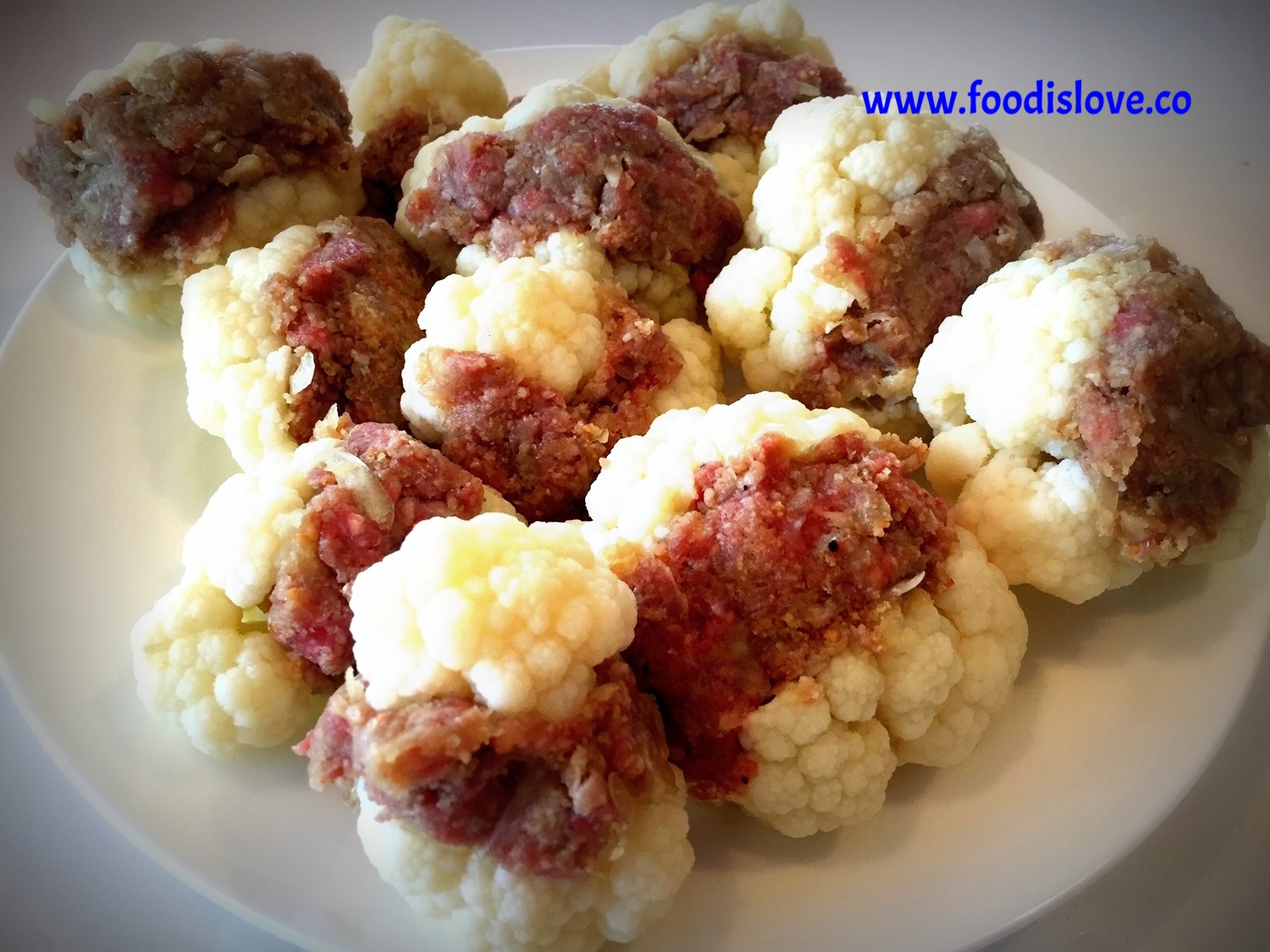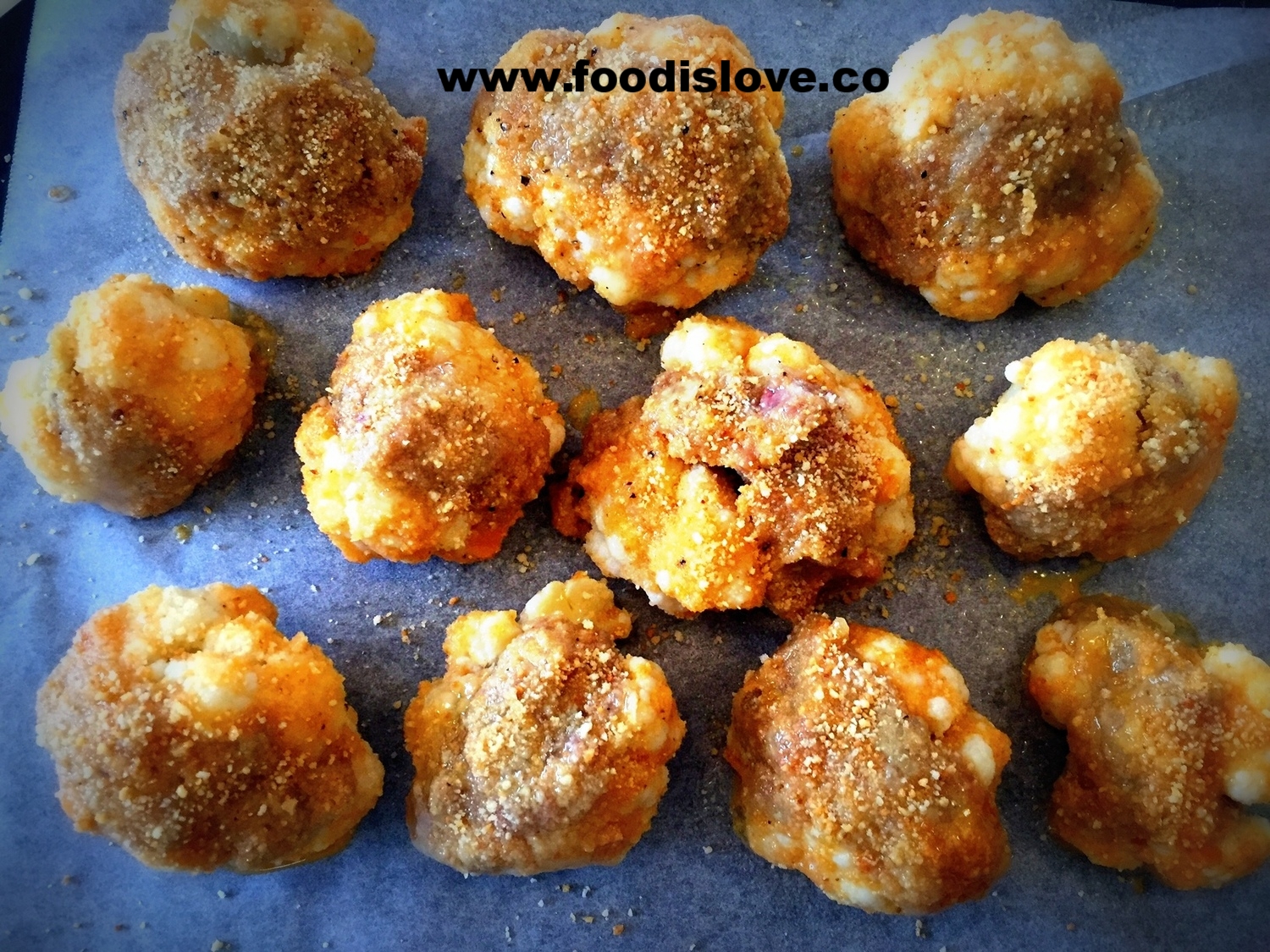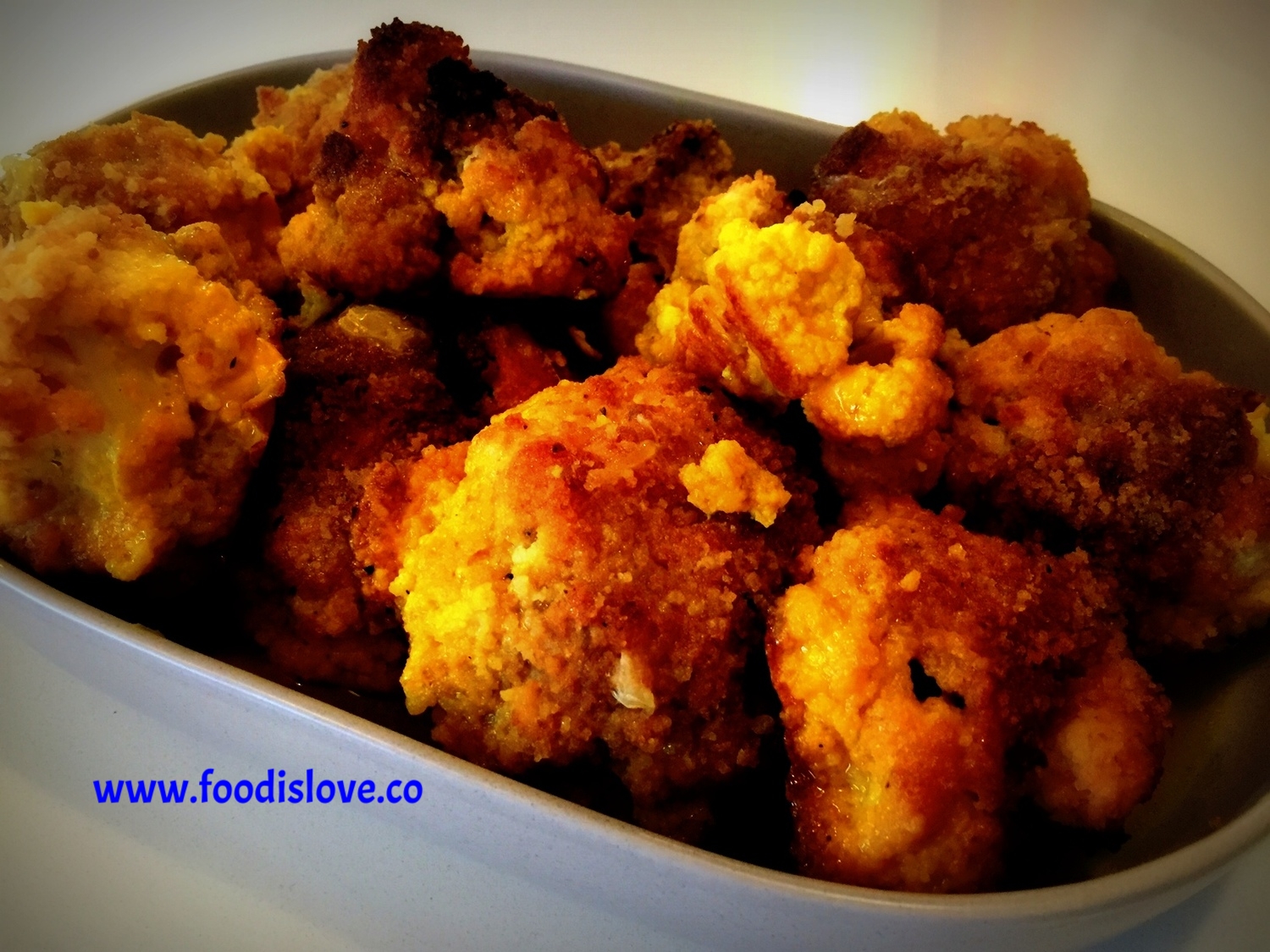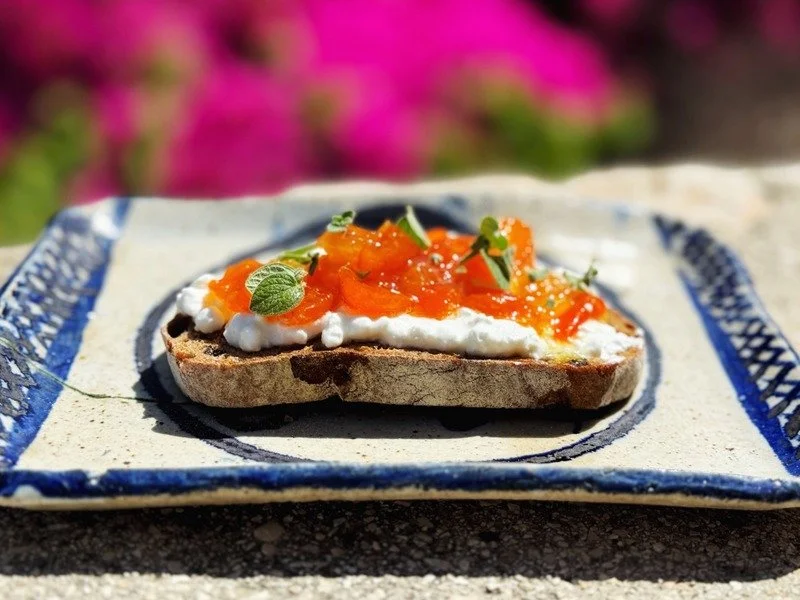GREEK JEWISH RECIPE
This is a companion dish to the Mafrum we made last week. The principle is the same. Vegetables stuffed with meat and fried then stewed. It is a dish from old Jewish Spain that travelled with the Jews who were expelled in 1492. Most went by sea, some to nearby North Africa and others further away, across the Mediterranean, and then via the Aegean sea, to Greece, Bulgaria, the Balkans and Turkey.
When these vegetables stuffed with meat reached Libya, they became mafrum ie potatoes and eggplant stewed in tomato sauce. When they reached Greece they became this delicious, delicate dish – cauliflower parcels stewed in a lemon and turmeric sauce. And we threw in an eggplant here too!
Both dishes are economical. A little meat is made to go a long way, so it can feed a family; both are also “mushy”. The end product is soft, with all the tastes melding together. That’s another characteristic of this style of cooking. It's slow cooked, it's not nouvelle cuisine, nor Asian stir fry.
ROSA BAGDADLI
This is the recipe of Food is Love grandmother Rosa Bagdadli. She lives in the Israeli town of Bat Yam, south of Tel Aviv. Her Israeli friends call her Shoshana. Her Greek friends still call her Rosa.
Rosa Nahmani was born in Greece just before World War Two, one of four children in the Nahmani family. They lived in the thriving Jewish community of Salonika (Thessaloniki), where Jews made up around 40 per cent of the population.
For Rosa the war meant upheaval and separation.
Rosa Bagdadli in her kitchen with her daughter Iris
NAZIS
When the Nazis occupied Greece in 1941 , the Jews were defenceless. Rosa’s parents escaped to the hills with their children. They survived there protected by the Partisans.
“The Partisans were good to us, but there was no food. We were eating nettles,” says Rosa. “We were also very isolated, so after a long time – maybe more than a year - my parents went down to the city to see if the war was still going on.”
It was. They were in grave danger. More than 80 per cent of Greece’s Jews were killed during the War. An even higher percentage of the Jews of Salonika perished, despite strong opposition to Nazi actions from the Greek Orthodox Church.
SAVE THE CHLIDREN
The Nahmanis tried to save their children.
They met a representative of the Jewish Agency who was planning to smuggle Jewish children from Europe to Palestine.
Rosa’s mother looked at her children, aged from 9 to just 3 years old and decided the older ones might have a chance on their own.
She agreed to let them leave on a boat for Palestine. Rosa was just 5 years old.
But almost immediately, Rosa's mother decided it was a mistake, and that she couldn't bear to be parted from them. She went down to the pier to tell them she'd changed her mind but the boat had sailed.
She watched it leaving the harbour and fainted on the pier.
ON THE BOAT
There were 25 children on the boat and Rosa remembers that she spent the entire first night crying, along with many of the others. They reached Cyprus the next day. They were held in a camp there, and made 2 failed attempts to reach Haifa over the next 6 months. They were returned to Cyprus. Meanwhile, a number of those original 25 children who had set sail from Greece with Rosa died from typhus. They all had lice and psoriasis, and diseases caused by hunger.
Rosa and her older brother and sister survived.
In 1945 when the war was over, they set out again for the 3rd time and reached Israel.
The children without families, like Rosa and her siblings, were taken to a hall, so they could be farmed out to foster parents. They stood on a stage, waiting to be chosen. Rosa’s older sister asked for them to be fostered together. No one could take 3 children, so she asked for them all to be taken to the same town.
“Wasn’t she clever?” asks Rosa.
The three were taken by different families from the same moshav (a farming village similar to a kibbutz) in the north of Israel.
“Nahalal was the home of the Israeli general Moshe Dayan. I was taken in by a Polish Jewish family. I learnt Yiddish and how to make pickled cucumbers and herring and other Ashkenazi food,” says Rosa.
She and her siblings settled down to learn Hebrew and wait for their parents.
They waited a long time.
REUNION
This is a remarkable story because all the children survived the War. And so did their parents – how many Jewish families from this era can say that? - but they didn't see each other for 9 more years. For a five year old, that's a lifetime...
By then, Rosa was 14 years old. She had forgotten Greek and Ladino.
When she saw her mother again, they couldn't speak to each other.
GREEK TO ME
After they were reunited, Rosa learnt Greek along with her mother’s Greek recipes. This is what she cooks for her family in Israel to this day.
This stuffed cauliflower is a family favourite.
“Food that is a blessing is made with love, she says in Hebrew. L’ochel shel bracha im hamon ahava.”
Stuffed Cauliflower with Lemon and Tumeric
serves 6-8
INGREDIENTS
- 1 medium cauliflower
- 1 large onion grated
- 300 g ground beef
- 1 egg
- salt and pepper
- a sprinkle of turmeric – “Be careful, it dominates!”
- 3- 4 tablespoons breadcrumbs
METHOD
- Par boil cauliflower. Cut into wedges ie large florets and boil for 10 minutes, no more, then plunge into cold water to stop it cooking.
- In a bowl mix the meat, onion and spices. Add the bread crumbs one tablespoon at a time. You will likely need only 3. Grandma Rosa uses her hands for mixing. She knows it’s the right consistency by feel. “It should be not soft and not hard,” she says, like Goldilocks.
- Cut the cauliflower almost in half, at an angle that works with the vegetable, leaving some of it still connected. Fill the gap with a tablespoon of meat. It’s as if you are making a cauliflower sandwich. Continue till you’ve used up all your meat and your cauli.
- You can also add other veges eg eggplant if you have some you want to use up. It is not strictly part of the dish, but it works very well!
FRYing
- 2 eggs
- ½ teaspoon S and P
- Breadcrumbs
- oil for deep frying
METHOD
- Beat eggs with salt and pepper. Lay breadcrumbs on a flat plate.
- Roll the meat filled cauliflower parcel into the crumbs first, then when it’s covered in crumbs dip it in egg.
- Heat oil. Put parcels into deep fry “head first”. This is to seal them, so they stay as a parcel when they are stewed, and don’t disintegrate. Remove them to a second pot when they are brown but not cooked all the way through.
SAUCE
- ½ teaspoon each salt and pepper
- ½ teaspoon tumeric powder
- 2 teaspoons chicken or vege soup powder
- Juice of 1 ½ - 2 lemons
- Boiling water to cover
METHOD
1. In a cup mix the salt and pepper, soup mix and turmeric; Add boiling water and mix well. Pour over parcels waiting in the pot, and then add boiling water to cover. Grandma Rosa adds a splash of oil at this point.
2. Add the lemon juice. Bring to the boil and then reduce flame and cook covered for 90 minutes.
If sauce becomes too thick, add more water. If there’s too much sauce, remove the lid and cook uncovered over a low flame for a few more minutes.
VEGETARIAN VERSION
This filling is a work in progress. Last week we adapted a very tasty (vegan) recipe for tofu rissoles, but it produced a mix that was a bit dry for stuffing veges.
This week we are going half silken tofu and half ordinary tofu, ramping up the spices, and adding in off cuts from the veges that we are stuffing. This has a much better consistency!
A word of warning: If you have left over tofu mixture you can easily make them into rissoles. But don’t add them to the same pot as the vegetable parcels. For some reason, they rub up against each other in a bad way. Have done it twice now, since the grandmothers do it with the meat versions, but it’s been a failure each time. It doesn't work with this alternate mix!
TOFU FILLING
- 1 large onion chopped
- I teaspoon coriander seeds
- 1 teaspoon cumin seeds
- 1 teaspoon fennel seeds
- Fresh chilli – to taste
- 150 gram regular tofu
- 150 g silken tofu
- 2 garlic cloves chopped
- 3 tablespoons olive oil
- 1 tablespoon tamari or soy sauce
- 3 heaping tablespoons chickpea flour
- ½ cup coriander leaves, chopped
- ½ teaspoon cinnamon
- ½ teaspoon Chinese 5 spice powder
- salt and pepper
Method
1. Fry chilli and spices for 30 seconds, add onion and fry till transparent.
2. Throw in any off cuts from the cauliflower/eggplant that are dislodged when you are cutting them up for the parcels.
3. While onions are cooking, grate the tofu. Add the fried spicy onions to the tofu when they are ready, Now add all other ingredients. You are aiming for a mixture wet enough to use as a filling, something like the consistency of minced meat.
Once it’s ready, simply substitute this as a filling in place of the minced meat in Grandma Rosa’s recipe above.
JERUSALEM test kitchen
I loved this when Grandma Rosa made it, and I liked the tofu version which I made too – though I still do think the meat is tastiest. And unless a Food is Love grandmother is cooking for me, I don't really eat meat. That's a sign of how tasty it is!
I like lemon in everything, the turmeric is not over-powering, and the extra spices in the tofu mix give it a rich interesting taste. It was as tasty - maybe tastier - the next day. I also used more chilli than I realised in the filling, and it was very spicy. Which was also great.
So lots of steps, and time consuming, but definitely worth it.
SYDNEY TEST KITCHEN
Miyuki in Sydney also made the tofu version. She used gluten free bread crumbs and added chopped walnuts to the filling – and she loved it!
“I especially liked the aromatic flavour from all the spices that were a very special part of this dish. There are so many steps, but it was all worth it, though next time I definitely want to try the meat one.”
Miyuki had an inspired idea for the tofu. She used Chinese firm tofu.
“You get it from the Asian grocer and it’s is not as soft as silken tofu but not as hard as western hard tofu, it is just in between.”
Grandma Rosa is not the only one with a touch of Goldilocks :-)
Miyuki has given clear instructions for how she used the Chinese tofu.
“I wrapped the tofu in a paper towel and put the plate top of it for an hour to extract the water. Then I just mixed it with a spoon. There’s no need to grate.”
I think Miyuki just solved our tofu problem!
“The texture of the filling could have been tougher, but my daughter Katy said still it had a kind of the texture of soft minced meat.”
Miyuki followed the recipe for tofu filling above, using in addition
250 g chinese firm tofu (4 blocks)
1/2 teaspoon Korean dried chilli powder
1/3 cup chopped walnuts
So Jerusalem and Sydney both satisfied customers :-)
MELBOURNE VERDICT
Amanda made the meat version in Melbourne. She found it easy to make, but she didn't fall in love with it.
“Not sure what went wrong. Too watery, the flavours didn’t meld.”
Here’s what she did: She used GF breadcrumbs and baked her parcels instead of frying, in the oven at 190 C for about 40 mins, or until golden brown.
But she was sorry that she didn’t stop there, before the the stewing, because they looked delicious.
“I would have had no issue serving it after the baking – it was golden, crunchy and smelt amazing!! Looked just like it would have after frying, but probably with better cooked meat! Haha! Once it went into the lemon sauce (which was really watery?) it became a lot softer. Does that make much sense?!? I hope so.”
I guess not everyone likes that soft texture – and Amanda’s family didn’t like the lemon – which is one of the things I do like!
“I really think it was the lemon, everyone seemed to be in agreement that it just didn’t work with the cauliflower. I think tomato would have worked much better (so annoyed I didn’t get to make the previous week’s now to compare!)”
Next week, an elegant chocolate and nut confection, a cake in 2 colours, finished with a chocolate sauce. Recipe from Marysia Segan, along with her life story.



